Latest Explain
↓
Debt Transparency: A Crucial Step Towards Sustainable Development Finance
Debt transparency is essential for the assurance and monitoring of debt sustainability. In recent years, some borrowing countries have obtained full access to markets with credible creditworthiness, only to later reveal hidden debts, leading to deep economic crises. Judgments about debt sustainability can only be made with timely and comprehensive reporting of debts and transactions

Asia-Pacific Tax Trends: Revenue Statistics 2025 Reveals Insights into Public Finances
Over the long term, or between 2010 and 2023, tax-to-GDP ratios increased in 22 economies and reduced in 15 others. The Maldives, Niue, Nauru, Japan, Cambodia, and Korea saw some of the largest improvements. Some of the increases can be attributed to tax reforms and recoveries from economic crises in Japan and Korea. In the long term, the greatest decreases occurred in Timor-Leste, Kazakhstan, China, the Marshall Islands, and Vietnam; this was due to a sudden decline in global commodity prices, which reduced fiscal revenue in these commodity-dependent economies
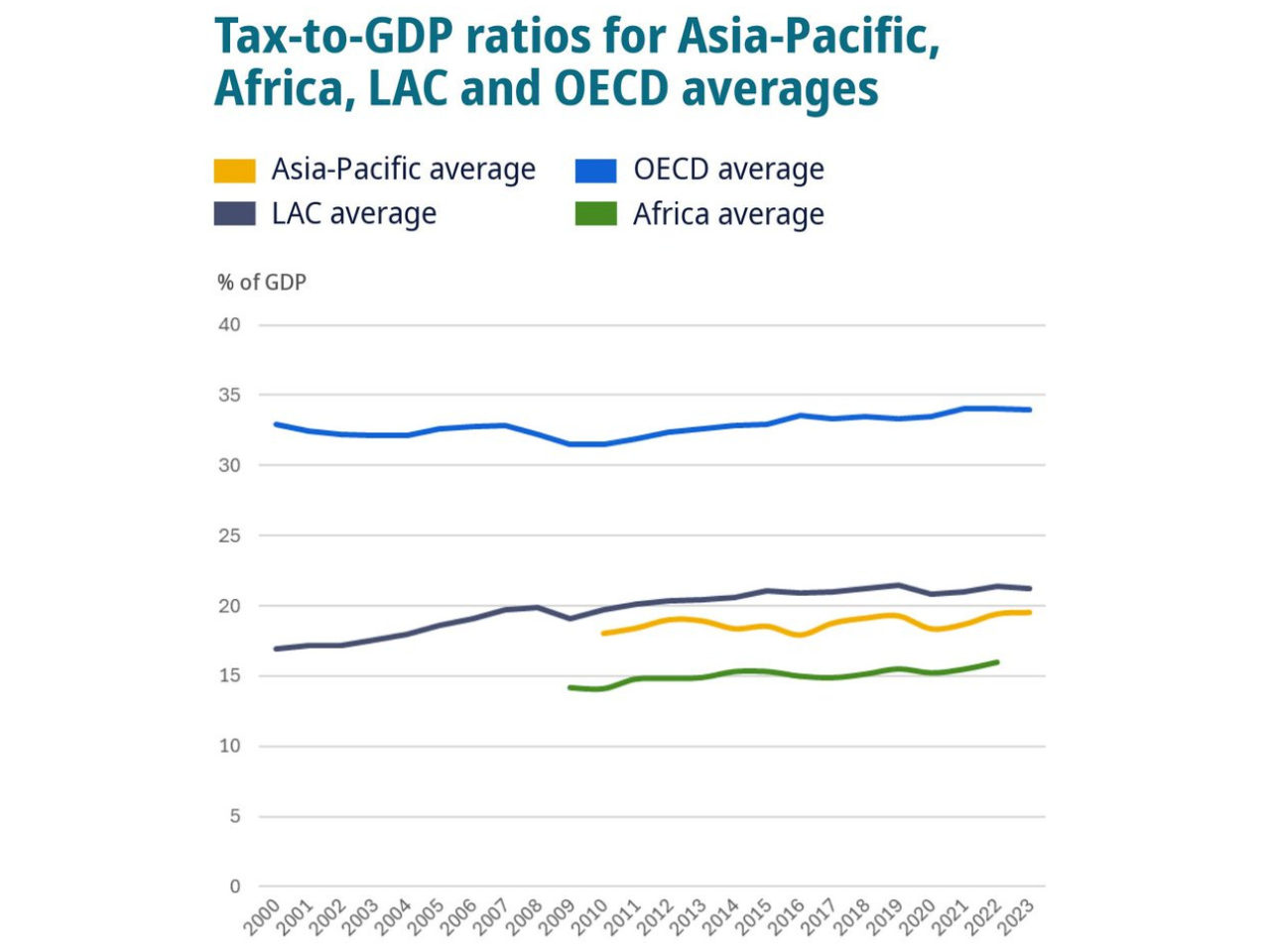
The Future of Finance: How Fintech and Public-Private Partnerships Are Revolutionizing Payments, Credit, and Investment
Brazil's Pix was launched in 2020 by the central bank and has just recently reached over 90 percent of the adult population using it regularly for their everyday purchases. India's Unified Payments Interface (UPI) is a single platform connecting banks, fintechs, and tech firms with the oversight of the central bank. In the United States, Venmo and Zelle still remain largely incompatible. In China, Alipay and WeChat Pay were initially both stand-alone platforms. In Peru, similar to China, having Yape and Plin as competing systems caused comparable challenges.
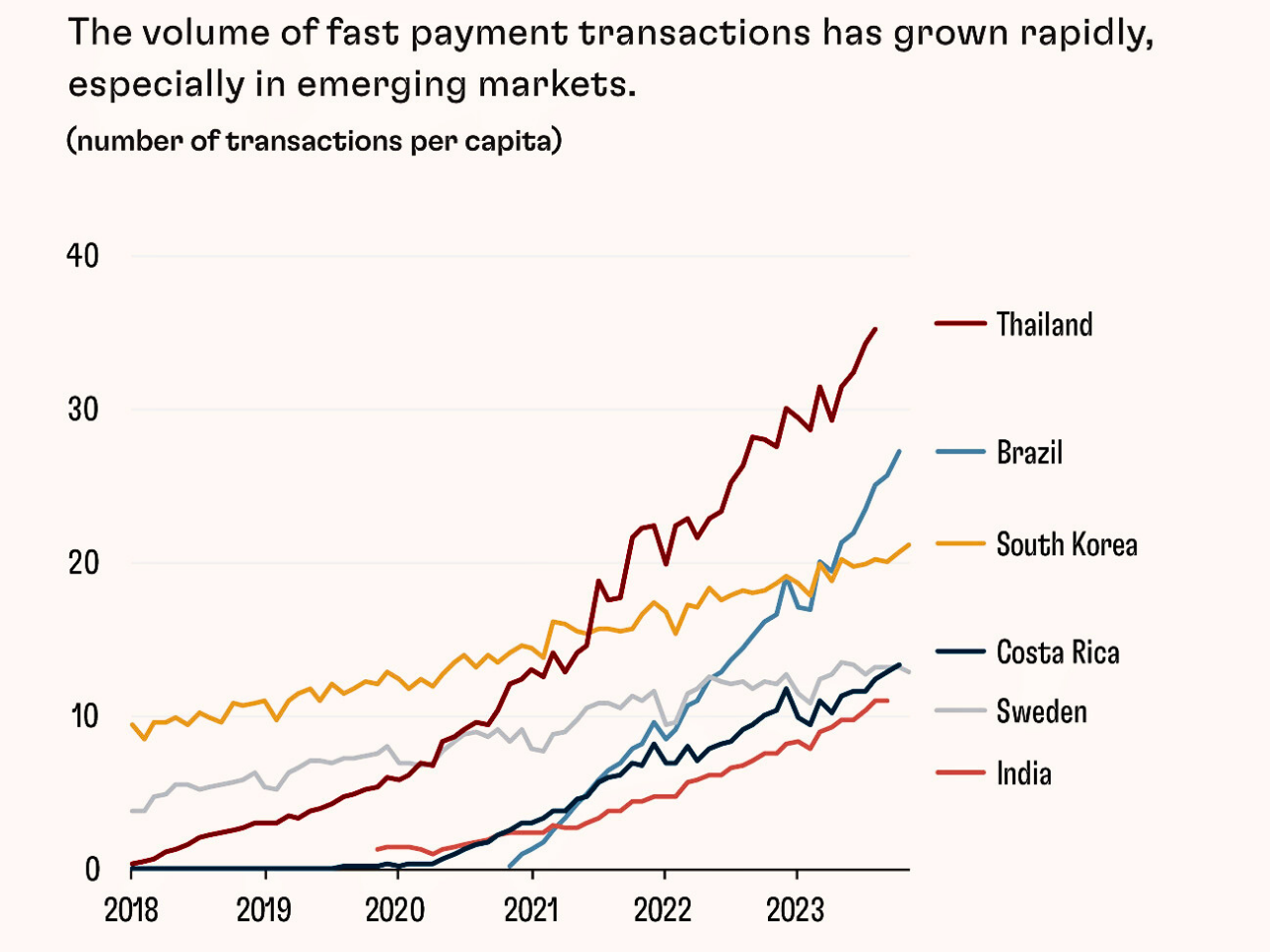
Food Safety: The Key to Unlocking Africa's Agricultural Potential and Economic Growth
which has generated $600 million in additional investment and $700 million in additional sales. This has been done with Government of Canada funding through the Facility for Resilient Food Systems (FRFS), which supports food safety as well as food loss, waste reduction, and food supply chain efficiencies
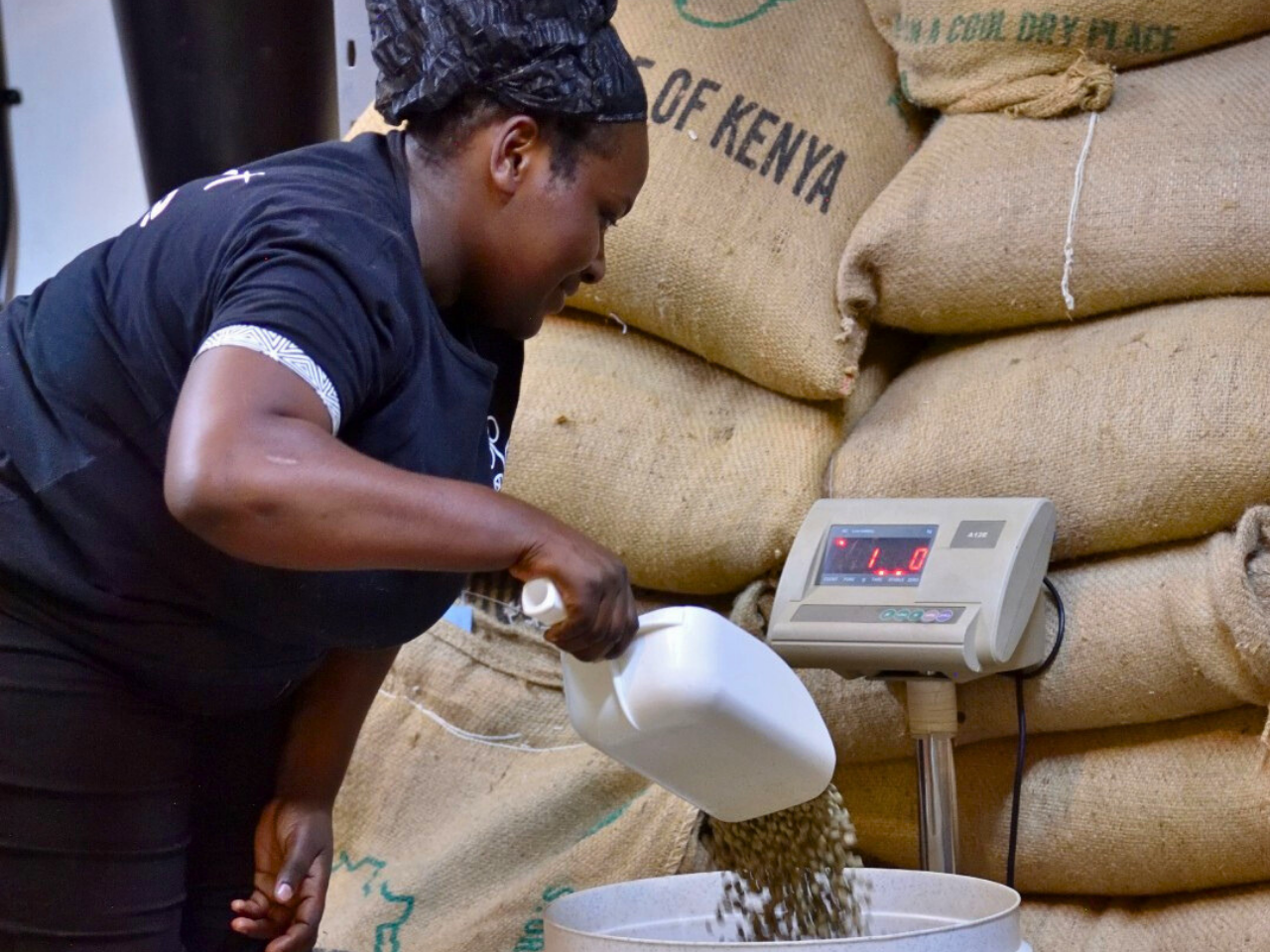
Rural Areas Left Behind: 44% of World Lives Without Access to Basic Necessities
Over the last sixty years, the world has encountered dramatic demographic change. Since 1960, the percentage of people living in rural areas has steadily declined due to the expansion of cities and the overall advance and speed of urbanization globally. In 2008, the majority of the world lived in rural areas while they maintained their lives, but without warning, worldwide populated urban areas dramatically increased their majority share
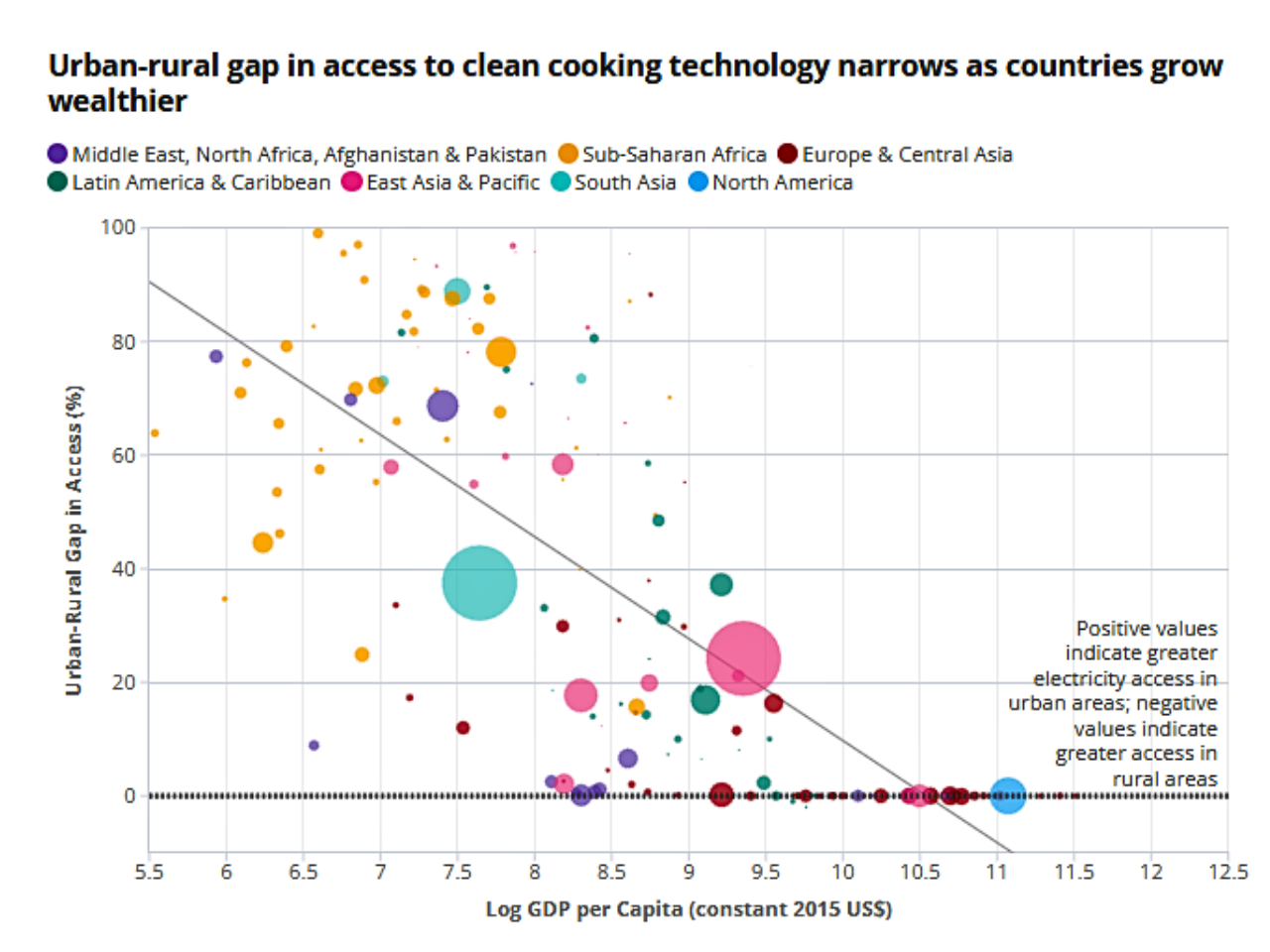
Philippines' Aging Population Set to Double by 2050: Can the Country Keep Pace?
The Philippines is in demand for a demographic change that will reopen the priorities of its economy, society, and public policy. The number of old Filipinos is expected to double by the year 2050, which creates pressure on the nation’s health care systems, elderly care services, and pension schemes
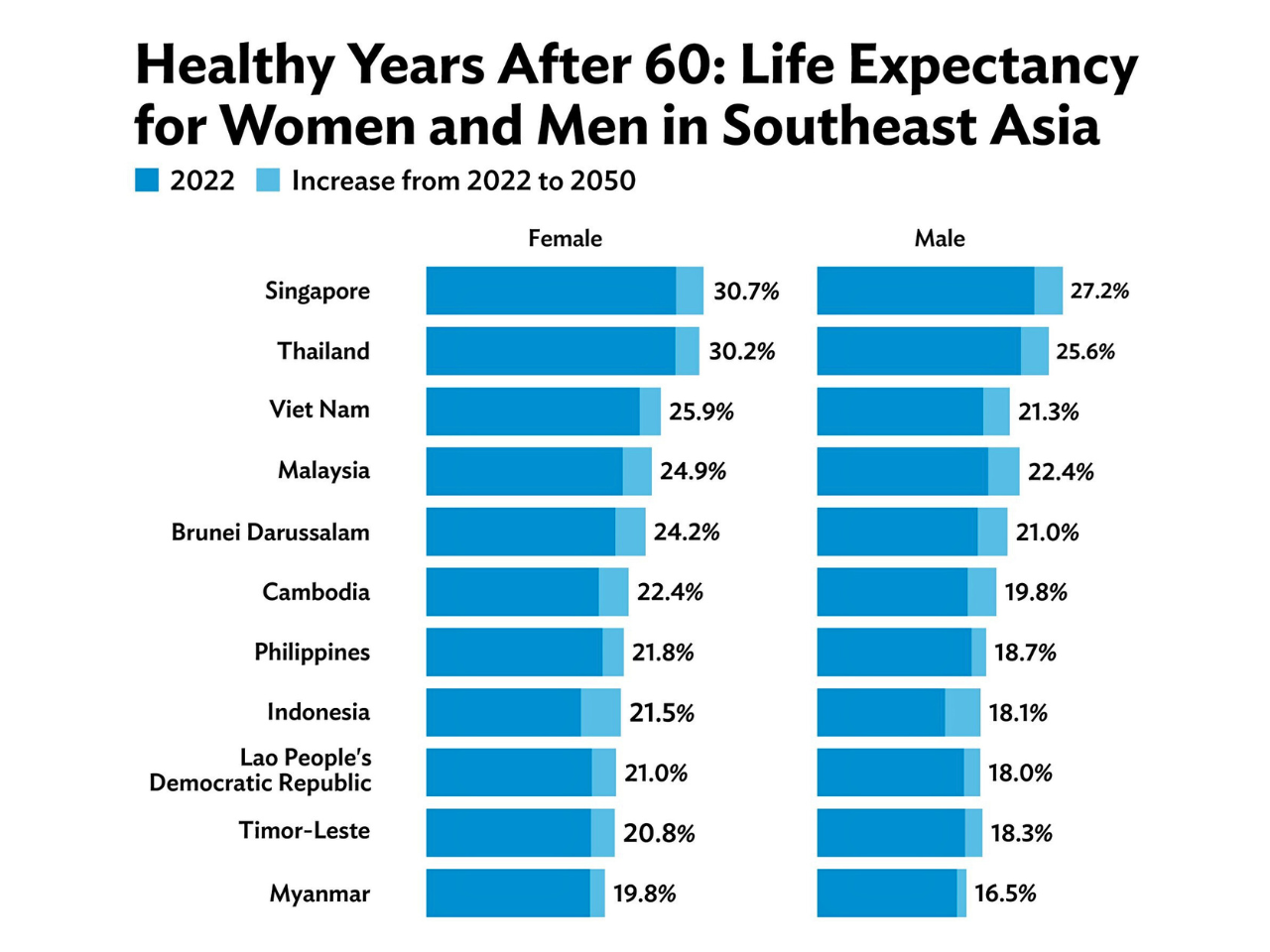
Climate Change Threatens Global Health & Poverty: Urgent Action Needed
Climate issues such as heat stress, diarrhea, malaria, and hunger can cause 250,000 deaths a year between 2030 and 2050, which challenges an important frame of adaptation. The fee, including only health systems and other areas such as agriculture and hygiene, is expected to reach USD $2 to 4 billion annually by 2030. The countries most at risk will be those that are developing countries, as they will have further weakened health systems
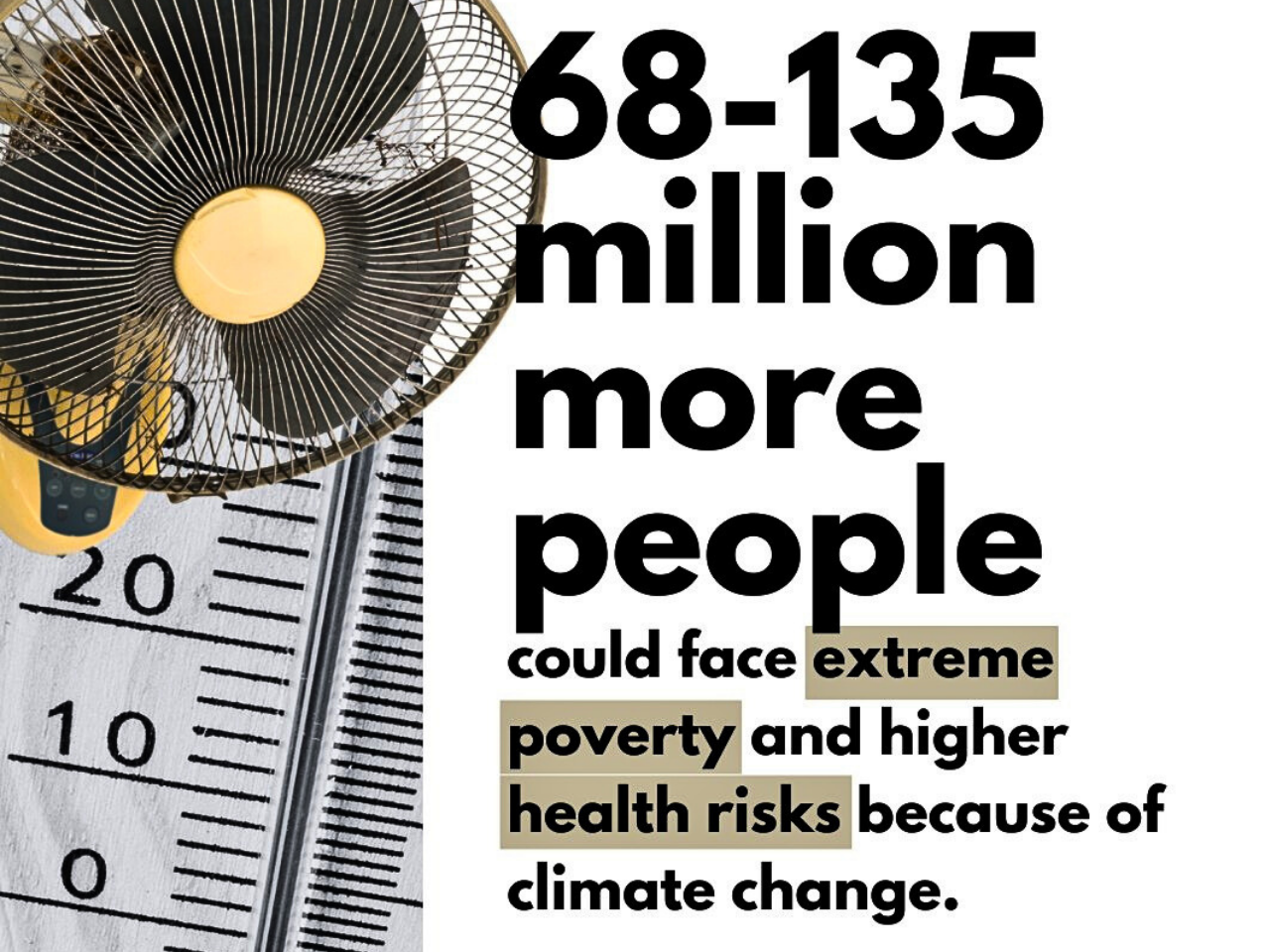
World Bank Warns of Stunted Global Growth: 2.3% Forecast for 2025
Investments in emerging markets and developing economies (EMDEs) expanded at an annual rate of 7% from 2000 to 2010; however, the annual rate has declined to less than 4% in the current decade. This weakness is a direct attack on productivity growth and development outcomes. Without stronger investments in infrastructure, clean energy technologies, education, and technology, many economies will increasingly fall behind in their progress of poverty mitigation and income convergence with the developed world.
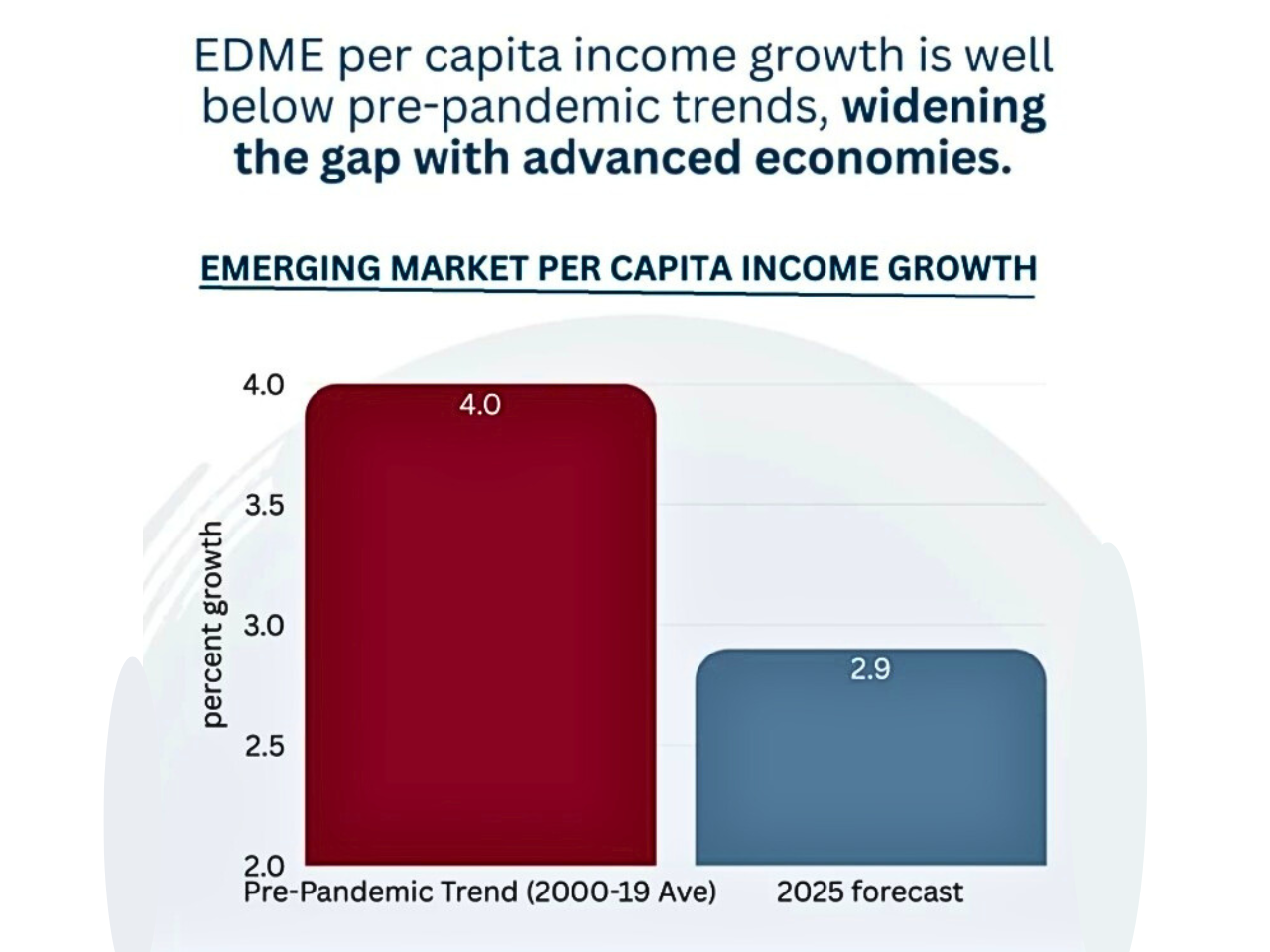
The Rising Cost of Nutrition: Can everyone afford a healthy diet?
The (SOFI) report of 2025 says that low-income nations, especially those in Sub-Saharan Africa, need to become a global movement towards more affordable, healthy diets. Based on the report, even if the global average price of a healthy meal increases to $4.46 per individual per day in 2024, only 48.8 million fewer individuals would still not be in a position to afford it, leaving close to 2.6 billion individuals in poverty
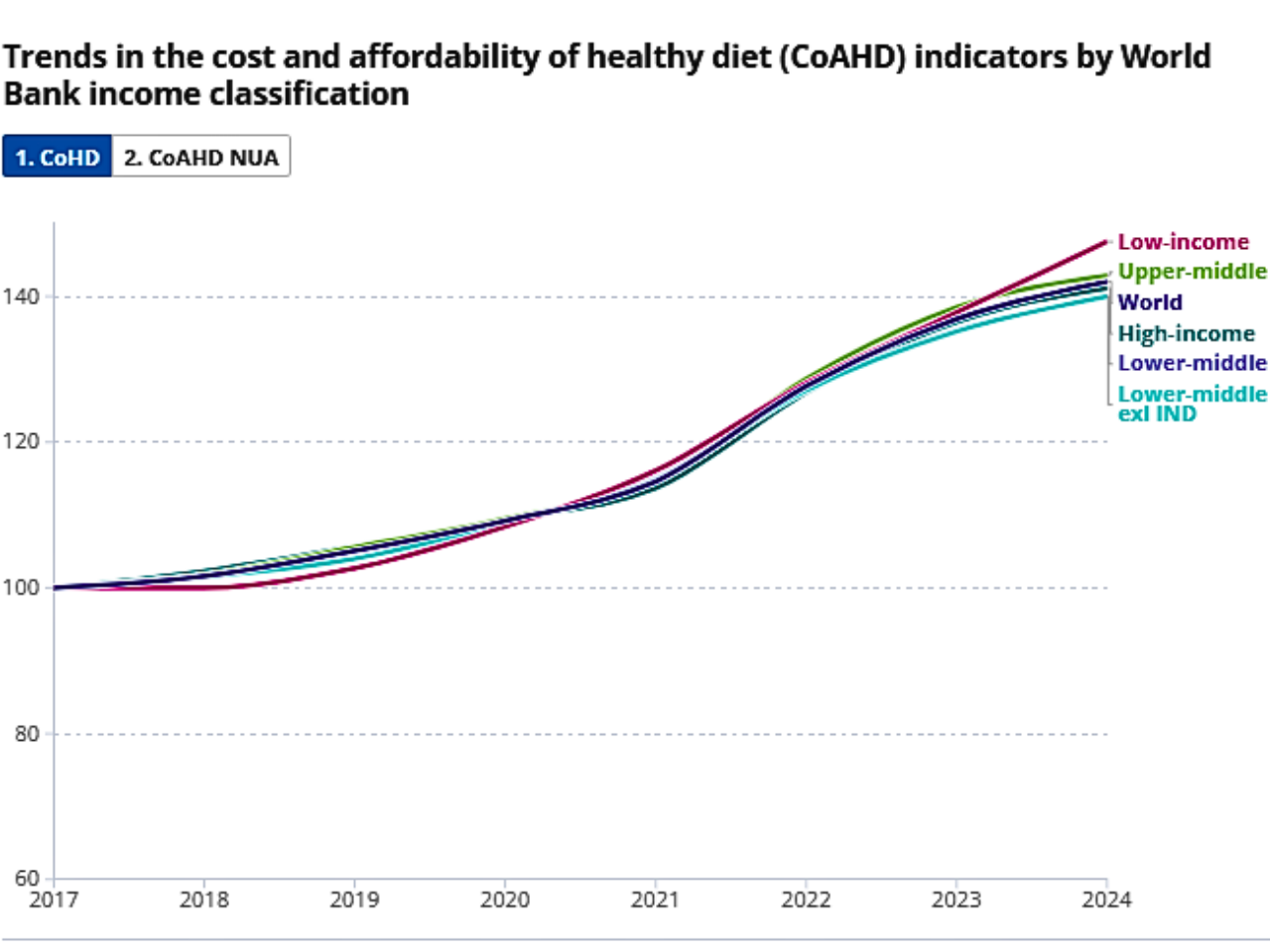
Blended Finance: Bridging Fragmented Aid and Development Needs
The International Development Association (IDA), sees more than 90% of its financing go through national budgets and gets each donor dollar to translate into $3 to $4 in tangible results, representing the importance of scale and management
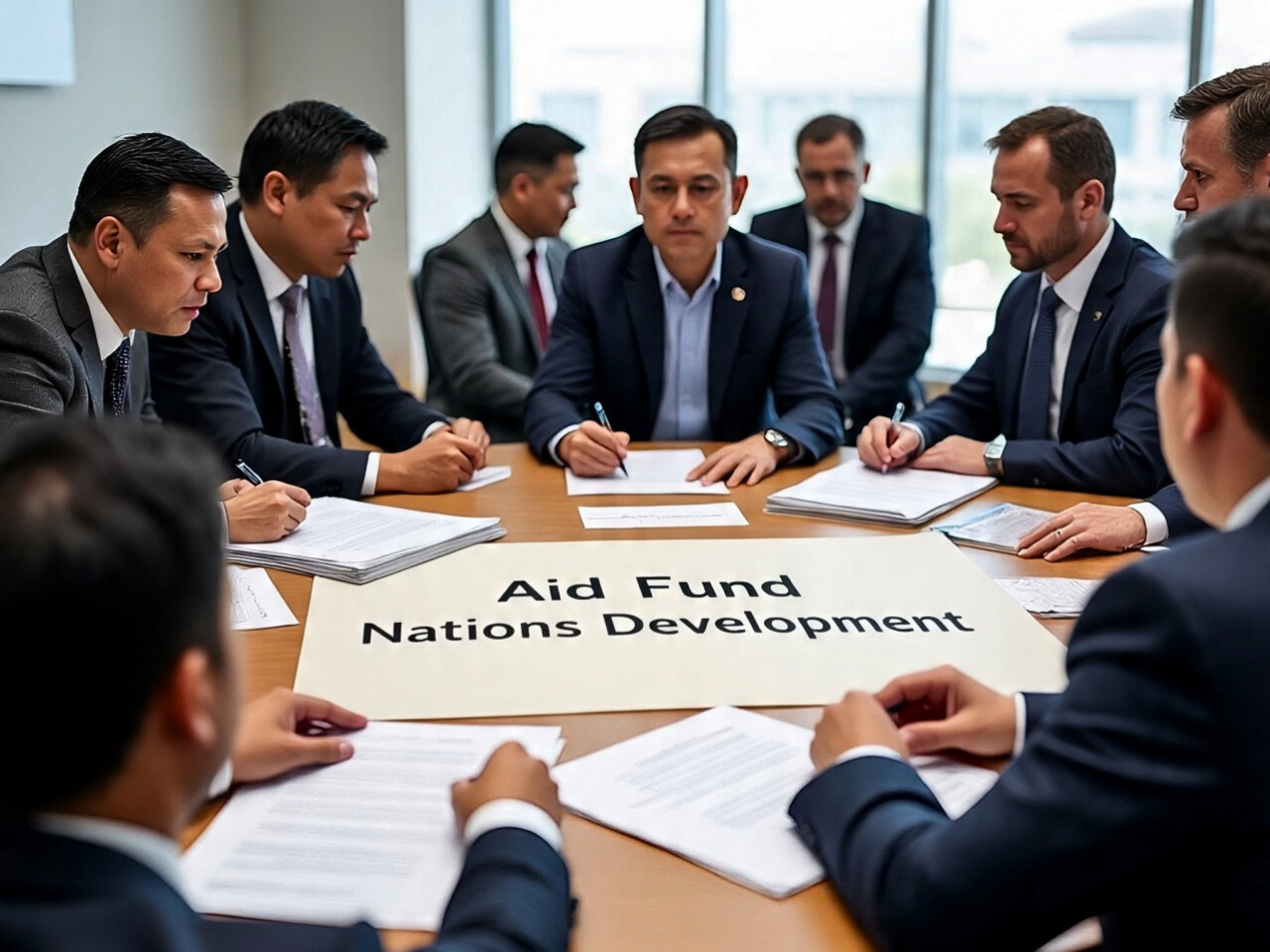
Economy growing fast, but youth employment isn't keeping up
Youth unemployment remains high across many pats of Asia and the Pacific unemployment rates, 2025. Young people are willing and able to work but do not get jobs; they face many struggles and obstacles in the world

Industrial Robotics that Leads to Economic Growth
The world’s factory automation powerhouse in 2023, with a dominant 72% of all newly executed industrial robots worldwide. The market is rising due to the growing need for automation in a variety of industries, as well as the margins caused by increasing labor costs and shortages

Debt Burden: A Barrier to Sustainable Growth in Developing Countries
A World of Debt indicated that, by 2024, global public debt was $102 trillion, and developing nations had $31 trillion, nearly one-third of that total, taking on the highest yearly interest of $921 billion ever. The debt growth is stressing budgets, limiting essential public services; progress towards a sustainable future is under threats

Return On Investment In Nutrition
Nutrition investment is one of the most cost-effective development initiatives and comes with significant financial incentives. Obesity and undernutrition are major contributors to the Human Capital Index, which measures human capital

The Impact of Modernizing the System of National Accounts on Economic Accuracy
Crypto is just one factor among many for digital transformations across various industries and products. In order to better mirror the digital economy, the System Of National Accounts(SNA) advises countries to create a set of indicators that encompass fields like AI, cloud computing, digital intermediation platforms, and e-commerce

Global energy prices are shifting in the commodity market
The World Bank’s Pink Sheet report, energy prices skyrocketed in June; non-energy commodities showed mixed results; and the energy price index increased by 9.7% in June, propelled by an 11.3% rise in crude oil. The price index excluding energy prices decreased by 1.1%. In June, the agricultural price index experienced a decline of 2.8% Food prices decreased by 1.4%, beverages saw an 8.2% drop, and raw materials stayed relatively stable

The Big Demographic Shift from Growth to Aging Trends Vary Across The Regions
The demographic shift towards aging populations is occurring in certain areas, such as Europe, North America, and Central Asia. In these regions, 18% of individuals belong to the 65 and older age group, while 17% are part of the 0 to14 age group. Youngest demographic in Sub-Saharan Africa, where the age group of 0-14 is 40% and the 65 and above age group is just 3%

A Projection on Poverty, Prosperity, and Planet Report 2024
In a global population of 700 million people, which is mentioned as 8.5% are facing severe poverty. In a day, less than $2.15 survived their lives. Towards low growth, COVID-19 setbacks, and increased instability, impasse progress. Approximately 3.5 billion individuals (44% of the world’s population) are classified as poor according to a standard more applicable to upper middle-income countries ($6.85 daily)
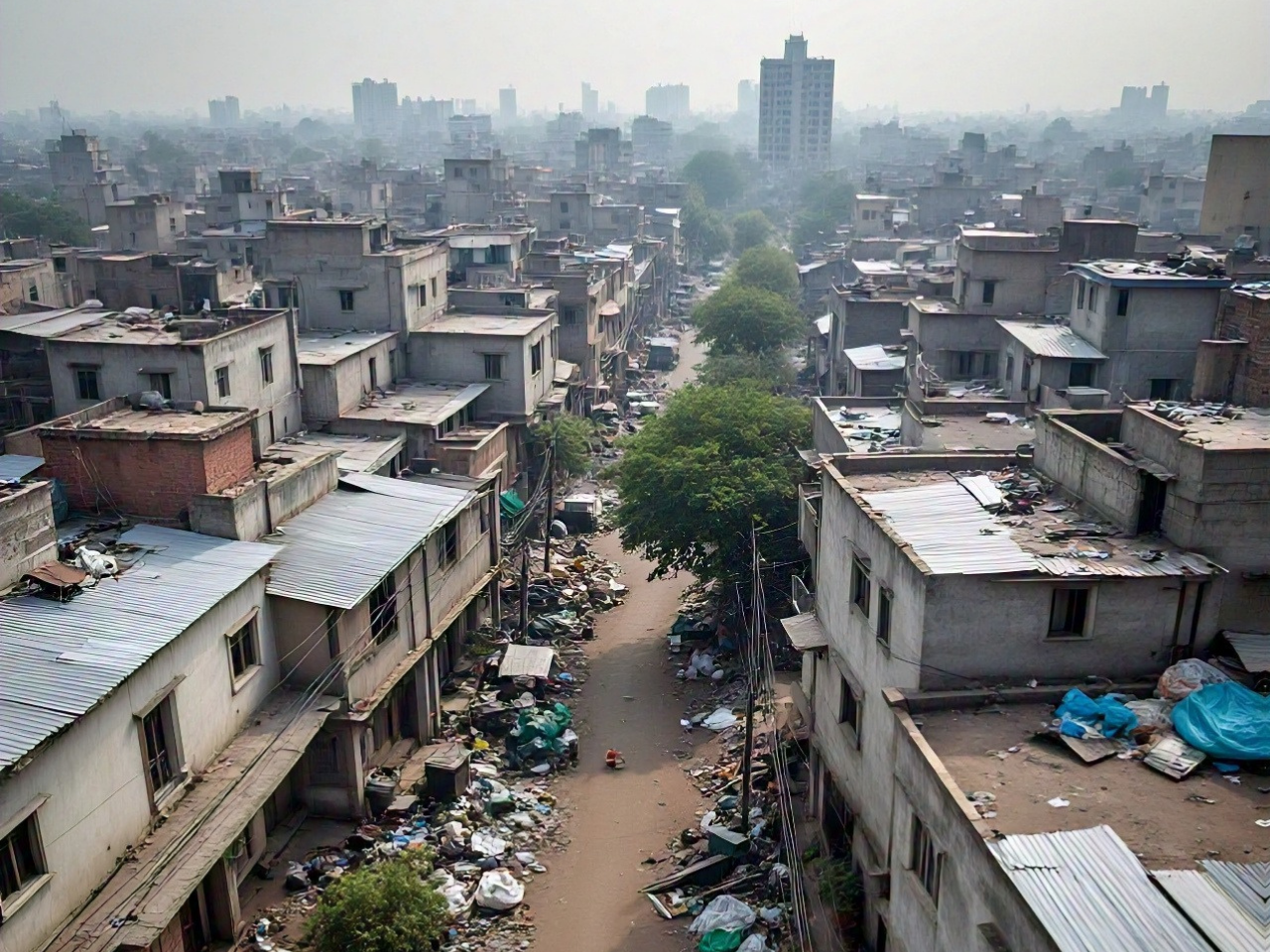
A Transformative Change for Healthy Longevity
A person with good physical, mental, and social health in their life is said to have a healthy lifespan. As the age of global populations rises, there will be a chance to drive a trend towards healthy, social, and economic progress by making investments in human well-being across all stages of life

Fiscal Policy Can Empower Women and Drive Growth: A New Vision for Fiscal Reform
“Empowering women is not just a moral imperative; it’s an economic no-brainer. Gender-responsive fiscal policies are a powerful tool for inclusive growth.”- Christine Lagarde, former IMF Managing Director. A significant transformation of the twentieth century was the increased involvement of women in economic and political spheres
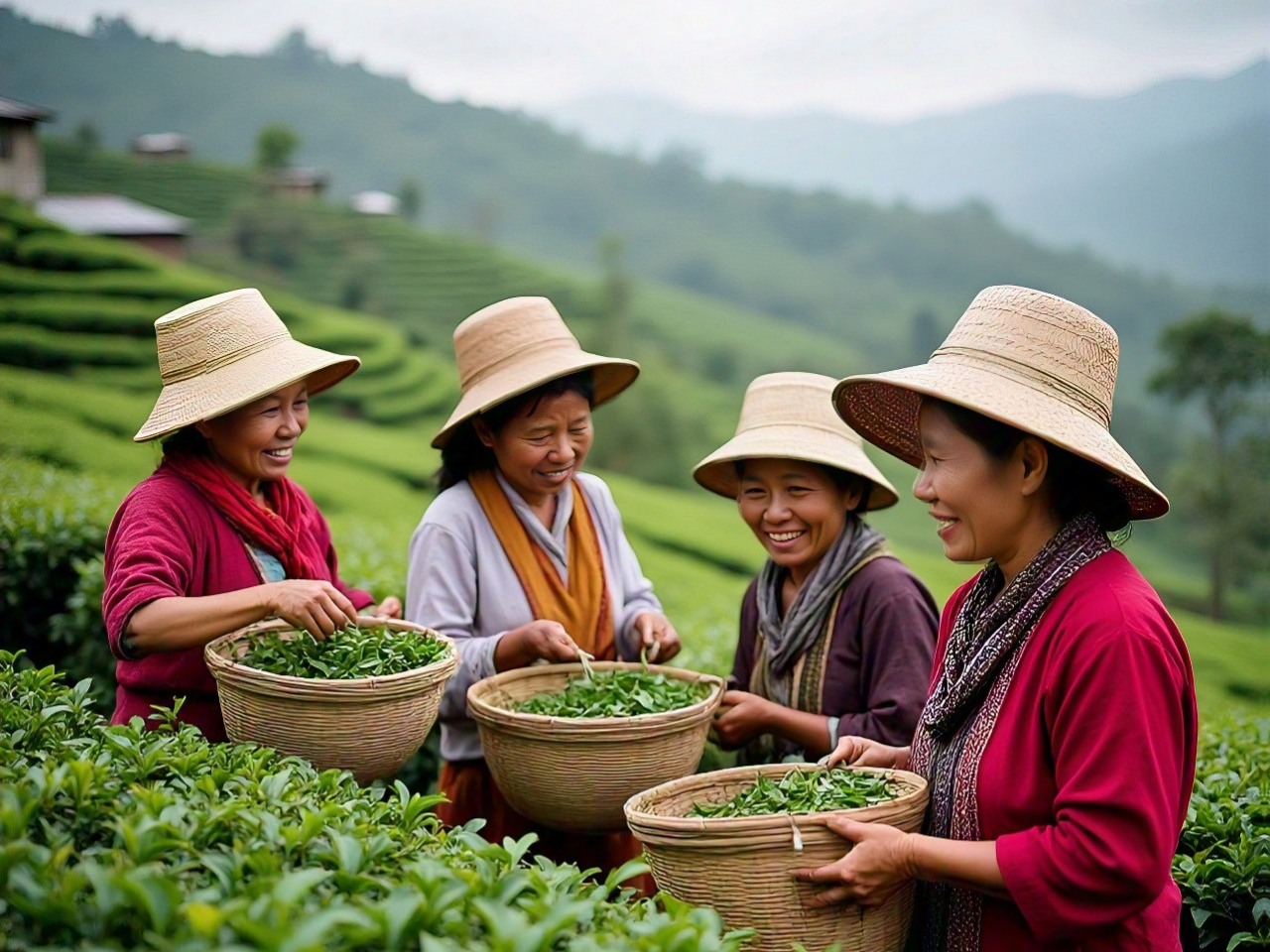
Trends in Global Merchandise Trade: A Shift in Patterns, Volumes, or Composition
“Trade is not about goods. Trade is about information. Goods sit in the warehouse until information moves them.” — C. J. Cherryh, American writer. General merchandise trade involves the transfer of ownership of tangible goods between entities located in different countries
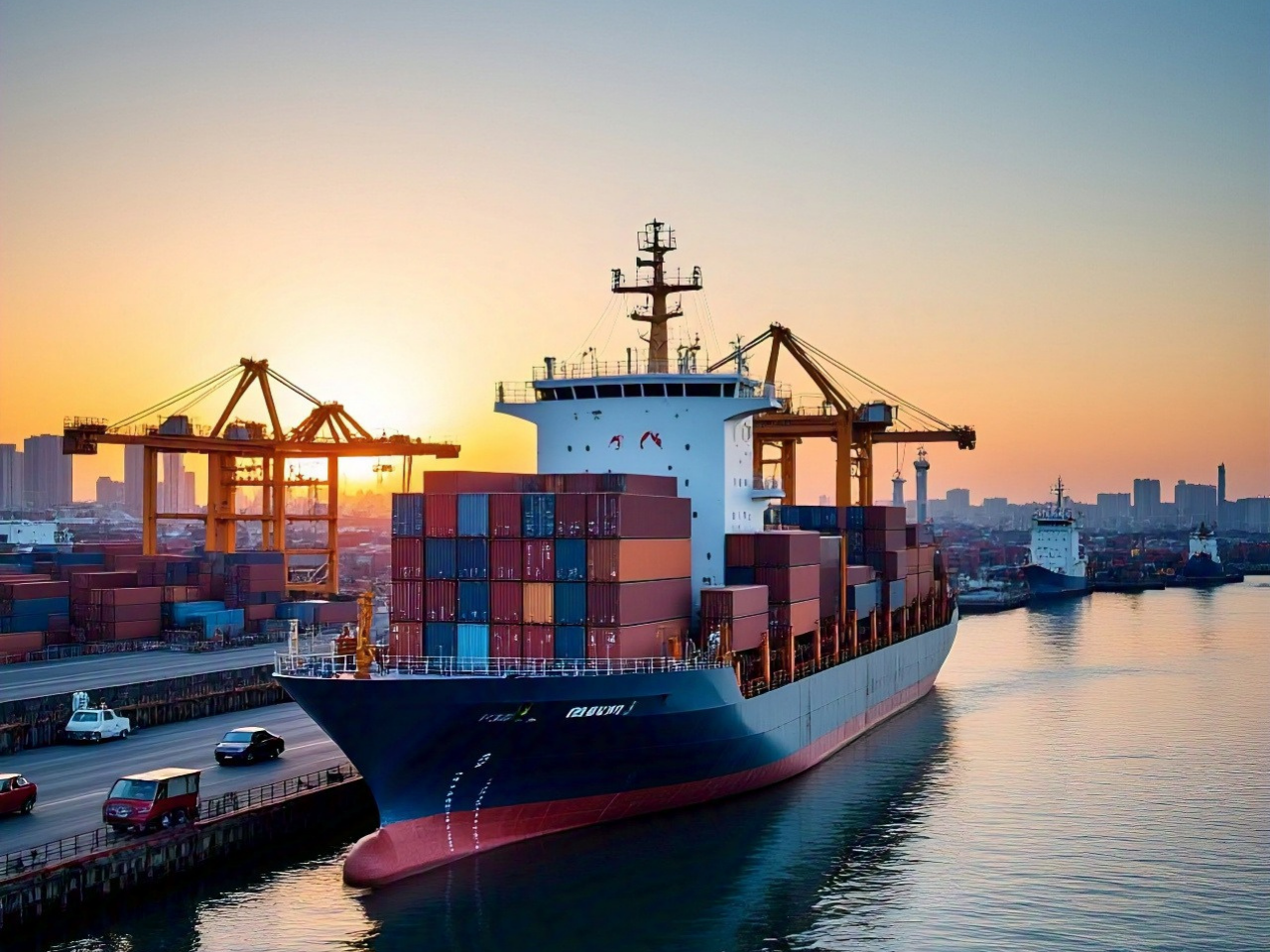
The Impact of the Global Economic Crisis on Housing Affordability
Housing affordability refers to the extent to which individuals or families can obtain adequate shelter without having to forgo other fundamental necessities such as food, healthcare, and education

Foreign Direct Investment(FDI) flows lowest in development economies
“In an era of a global economy, we can’t survive without foreign investment. Our perspective on foreign investment needs to shift. We should welcome it.” - Andrew Zimbalist. Foreign Direct Investment (FDI) is a long-term investment made by a company or individual from one country to another business in interested countries

How BRICS shakes the USA empire: what BRICS currency can do?
BRICS formed in 2001 with their own members Brazil, Russia, India, China, and South Africa. These nations are making that very influential union in the world, and that union of nations is a very strong and different category; it makes a difference with other unions in the world
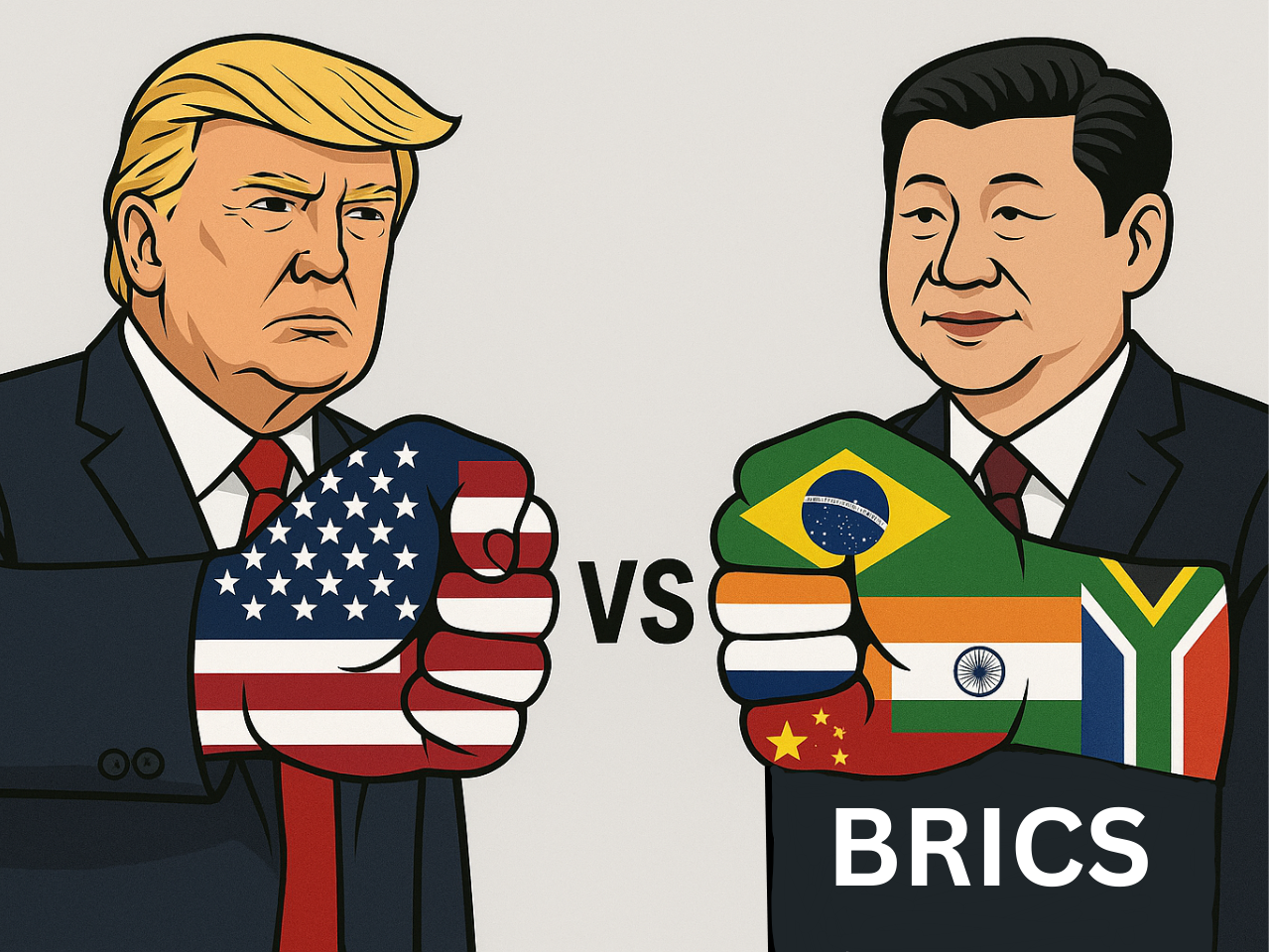
International tourism in Asia rebounded strongly, but it only reached 88% of pre-pandemic levels
In 2024, international tourists started visiting Asian countries again, but compared to tourist visits before the pandemic, it indicates it will reach only 88%. It’s still 12 percentage points lower than before the pandemic for tourists visiting Asian countries in 2024

The Human Development Index (HDI)
This index is based on economic development. Growth and development are different ways of measuring the economic activities. Development is wider driven; it's measured on qualitative and quantitative aspects




